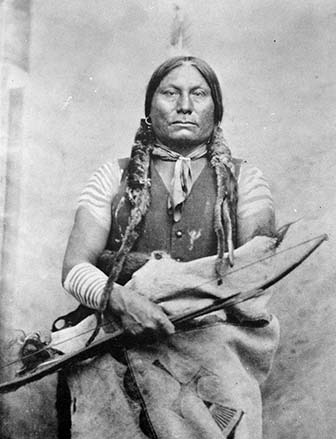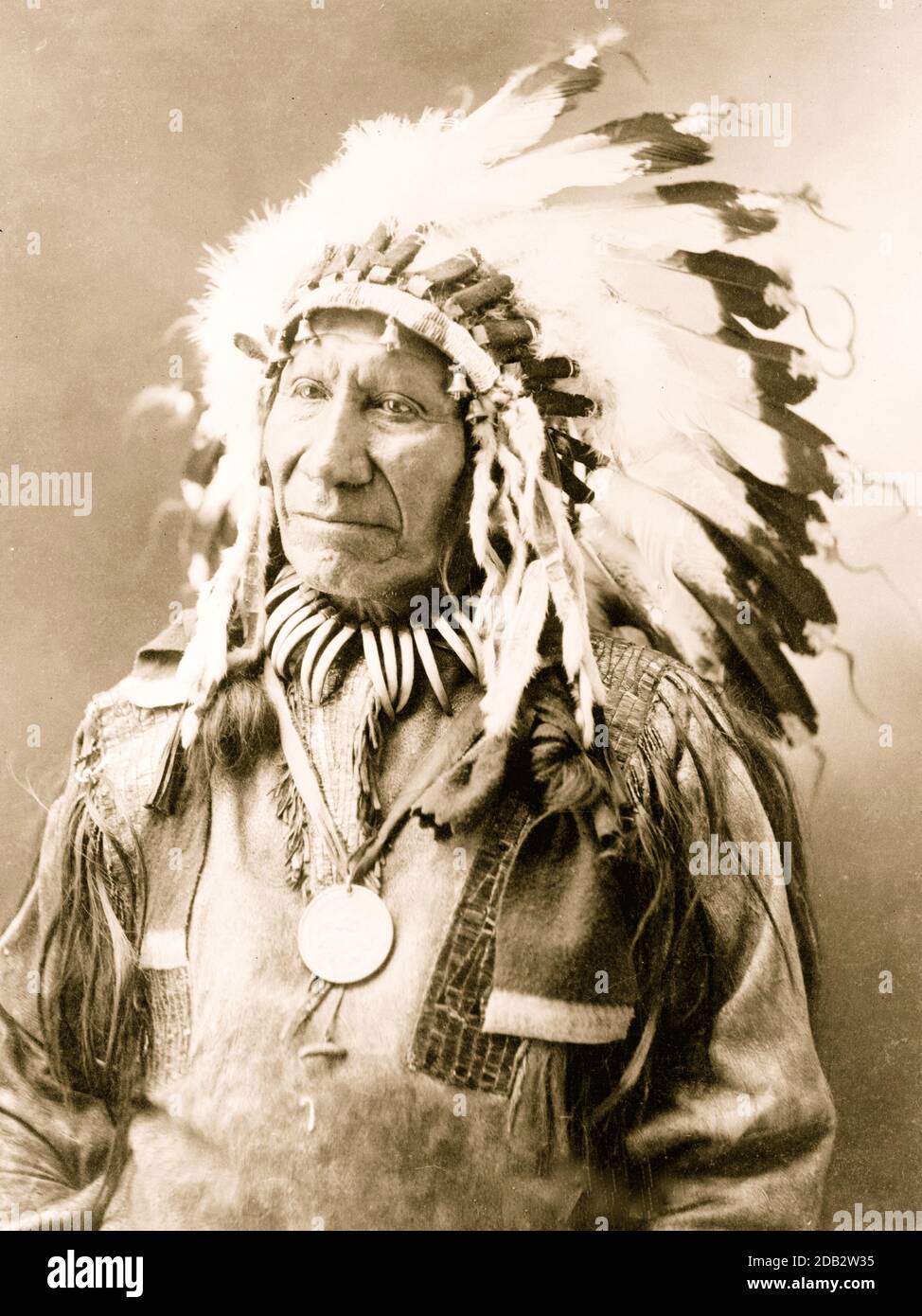The Sioux Indians, also known as Dakota or Lakota, are a Native American tribe who have a rich and complex history. They are a proud and resilient people who have managed to maintain their cultural traditions despite facing numerous challenges and adversity.
The Sioux Indians are a Plains Indian tribe that originally inhabited what is now Minnesota and the Dakotas. They were known for their skilled horsemanship and their reliance on the buffalo for food, shelter, and clothing. The Sioux were also skilled hunters, using bows and arrows and spears to hunt game.
As European settlers moved westward in the 19th century, the Sioux were forced to cede their lands to the United States government through a series of treaties. These treaties were often broken by the government, leading to conflicts and tensions between the Sioux and the settlers.
One of the most famous conflicts between the Sioux and the United States government was the Sioux Wars, which took place in the 1870s. The Sioux, led by Chief Sitting Bull and Chief Crazy Horse, fought against the U.S. Army in a series of battles, including the Battle of Little Bighorn, also known as Custer's Last Stand. The Sioux were ultimately defeated, but their bravery and resistance inspired other Native American tribes to fight for their rights.
Despite their history of conflict with the U.S. government, the Sioux have managed to maintain many of their cultural traditions and values. They continue to honor their ancestors and respect the natural world, and they are known for their beautiful and intricate beadwork, quillwork, and other crafts.
The Sioux also have a rich oral tradition, with stories and legends passed down through the generations. These stories are an important part of Sioux culture and are used to teach important lessons and values to the younger generation.
Today, the Sioux continue to face challenges, including poverty and issues related to self-determination and sovereignty. However, they remain a strong and proud people, with a rich culture and history that is an important part of the fabric of American society.






